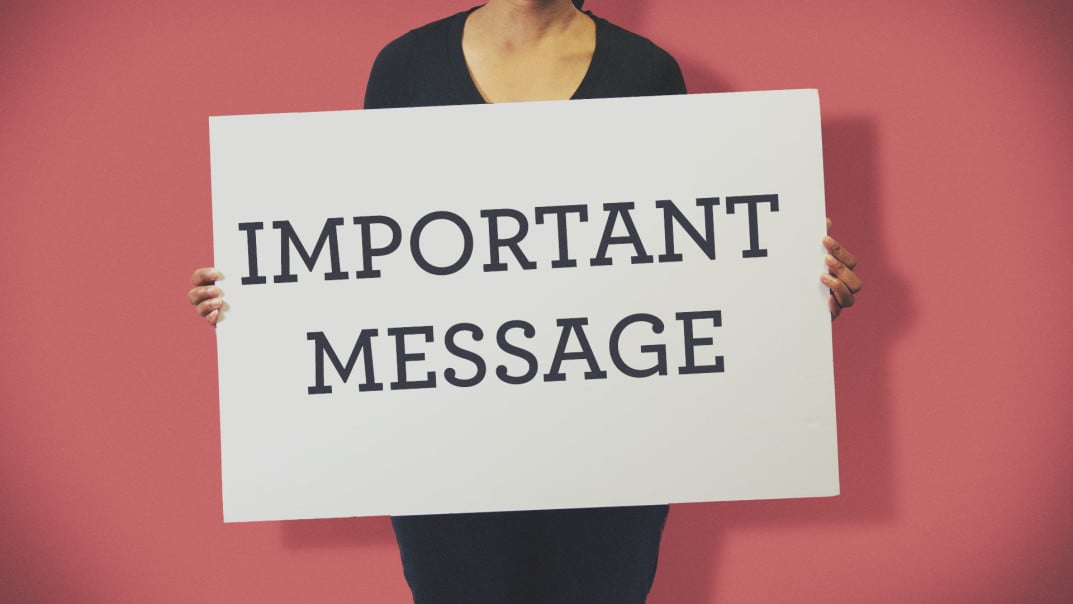
It’s crucial to look at your communications as a process of repetition. Leaders who haven’t realized the benefits of communication done well, tend to think of communication as a check-off-the-box activity. For example, they’ll think, “I sent an email. Therefore, I communicated.” By doing so, they confuse getting the message out with actually creating shared meaning and understanding.
In recent months, however, many leaders have seen the upsides to repeating important messages. When the pandemic hit, they quickly got crystal-clear on what needed to be said about workplace safety, COVID-19 protocols, work from home policies, among other critical topics, and they drove home the message.
The result? In many cases, the workforce felt informed and trusted leadership to share information that was important.
Follow Up With Materials to Help Your Audience Retain and Process the Message
Research shows the average prospect needs to hear a message seven times before they take action. Employees don’t need quite this same attention—their number is probably closer to three to five times—but it still takes a few reiterations for the message to sink in.
Clearly, repetition is your friend. I often say, “If you’re getting tired of delivering your message, then good for you. That means you’re doing your job.”
Beyond repetition, you should develop messages based on your audience’s needs and then communicate with them in multiple ways. Engage key influencers and thought leaders along with supervisors throughout the organization. When employees hear the same messages from their supervisor (always their preferred source for job-related information), from the CEO, read it on the intranet, and hear it through the grapevine, they’re more likely to believe it and, most important, act on it.
You should also remember that getting information out is just that—getting information out. Nothing more. To truly communicate, you need to know that the information was received and understood. In fact, doing a little and thinking you are done is one of the most common traps I see leaders fall into. The downside is a lack of information, skepticism, mistrust, confusion, or worse yet, inaction among those you are trying to reach.
What steps do you take to make sure your message is received?
—David Grossman
To help you lead and communicate with employees during COVID-19, we've developed a resource page of tips and strategies that we're updating regularly. Click below to check it out.
Tag(s):
Change Management
Other posts you might be interested in
View All Posts
Employee Engagement
4 min read |
November 17, 2021
Disconnect Between Leaders and Employees on the Future of Work
Read More
Change Management
4 min read |
September 20, 2021
4 Steps to Communicate in a Crisis Situation
Read More
Leadership Communication
12 min read |
July 26, 2021


Comments on this post